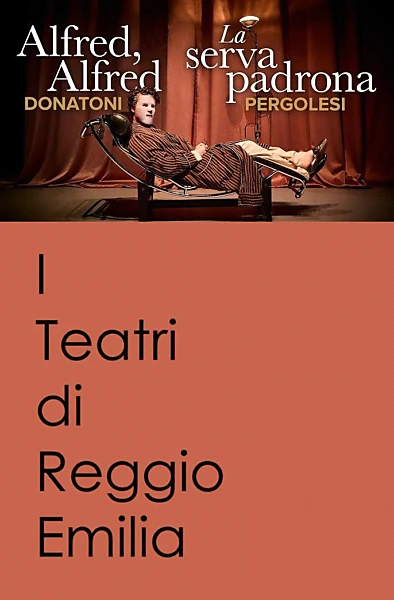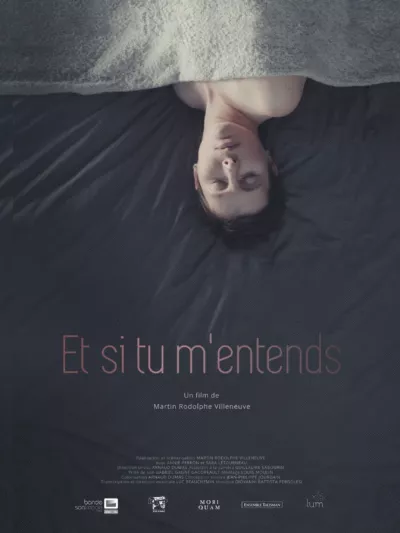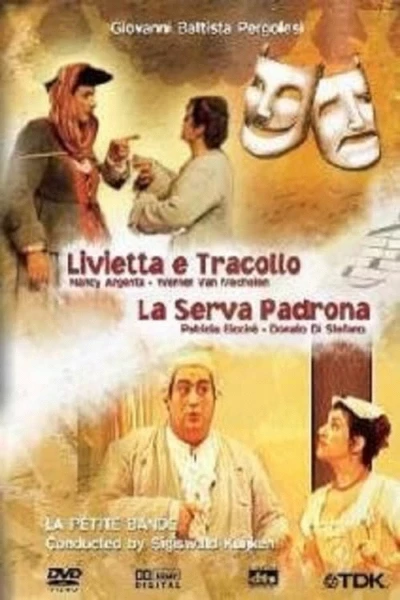Biography
(No Information)
Filmography
all 6
Movies 6
Original Story

La Serva Padrona (1999)
Movie
Original Music Composer
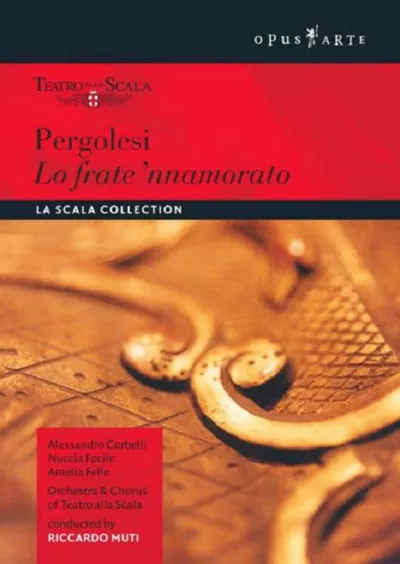
Pergolesi: The Brother in Love (La Scala) (1989)
Movie
Information
Known ForSound
GenderMale
Birthday1710-01-04
Deathday1736-03-16 (26 years old)
Birth NameGiovanni Battista Draghi
Birth PlaceIesi, Italy
CitizenshipsPapal States
This article uses material from Wikipedia.
Last updated:
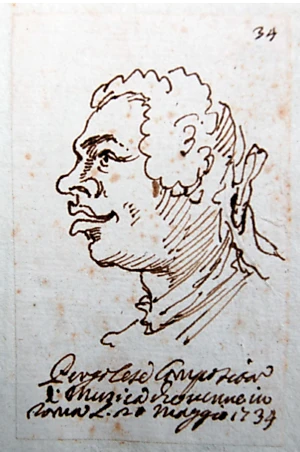 Giovanni Battista Pergolesi
Giovanni Battista Pergolesi- Filmography
- Information
